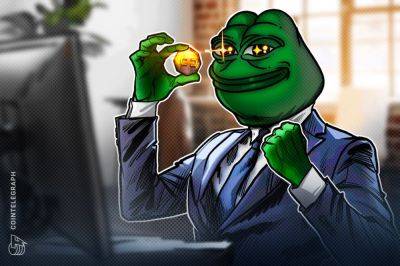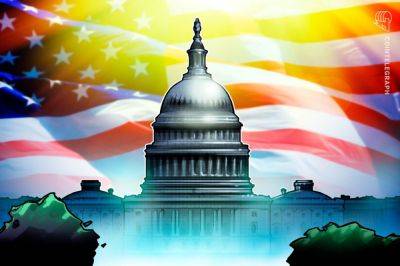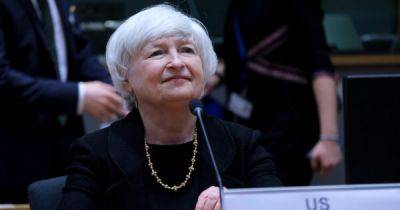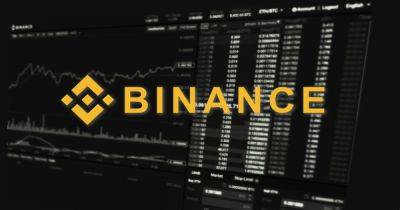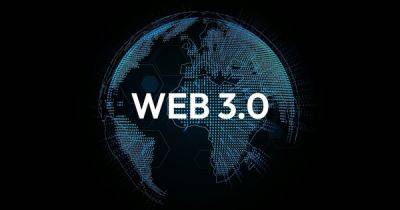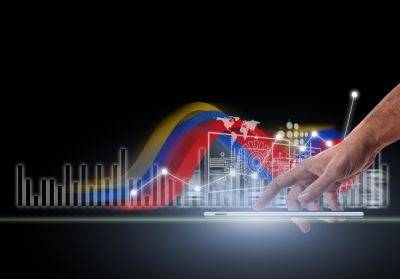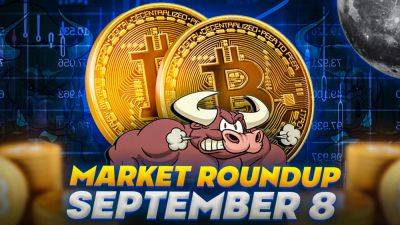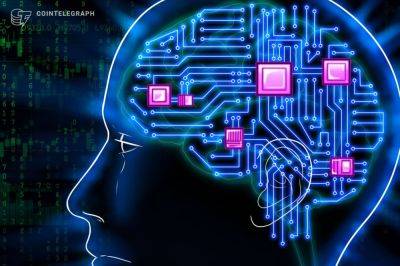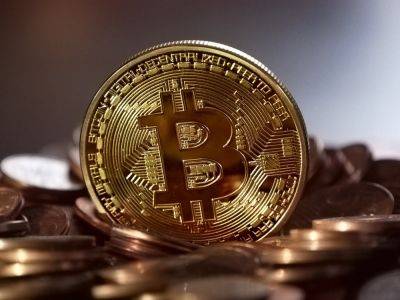Student loan interest resumes Sept. 1. What that means for subsidized vs. unsubsidized debt
Interest will start accumulating on student loans again starting Sept. 1, following a pause on interest accrual that has lasted for more than three years during the pandemic era.
That imminent policy change puts a spotlight on a key difference between two types of student debt: subsidized and unsubsidized loans.
Interest accrual is among the primary differences between the federal loans, also known as Stafford Loans, which cover costs for higher education.
More from Personal Finance:
How to save for retirement when student loan payments restart
It may now be easier to apply for public service loan forgiveness
FAFSA: What's new about the college financial aid application
Direct Subsidized Loans are available to undergraduate students who demonstrate a financial need.
They don't accrue interest while a borrower is in school (at least half-time) or during a six-month grace period after leaving school. The loans also don't accrue interest during deferment, a period when payments are postponed due to unemployment or economic hardship.
The U.S. Department of Education pays the interest on subsidized loans in these instances.
However, that protection isn't available for Direct Unsubsidized Loans, which are available to a broader group of borrowers (including graduate students) and are not based on financial need.
Unlike subsidized loans, interest on unsubsidized loans starts accruing immediately (i.e., upon disbursement) and during times like deferment or grace periods — making this debt more expensive.
Additionally, in some cases — after a deferment, for example — unpaid interest on unsubsidized loans may "capitalize." When this happens, unpaid interest is added to the loan's principal balance; future interest is then
Read more on cnbc.com

 cnbc.com
cnbc.com